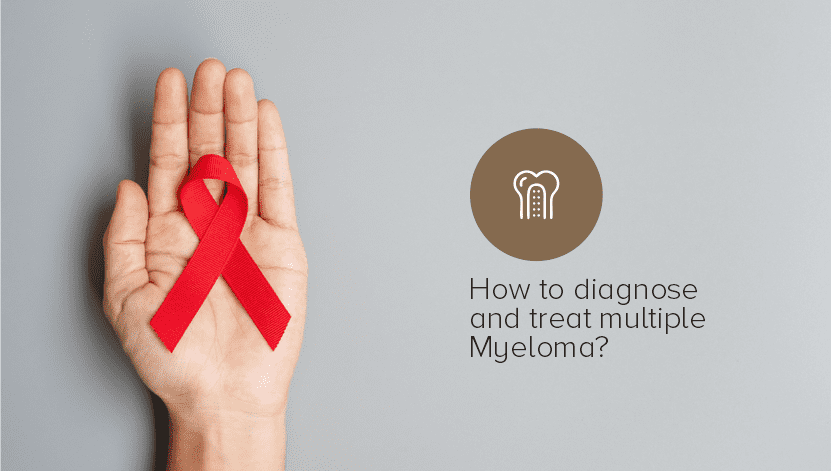Multiple myeloma is a type of blood cancer that originates in the plasma cells, a kind of white blood cell which is part of your immune system. Despite its complexity, advancements in medical science have made it possible to diagnose and treat this condition more effectively than ever.
